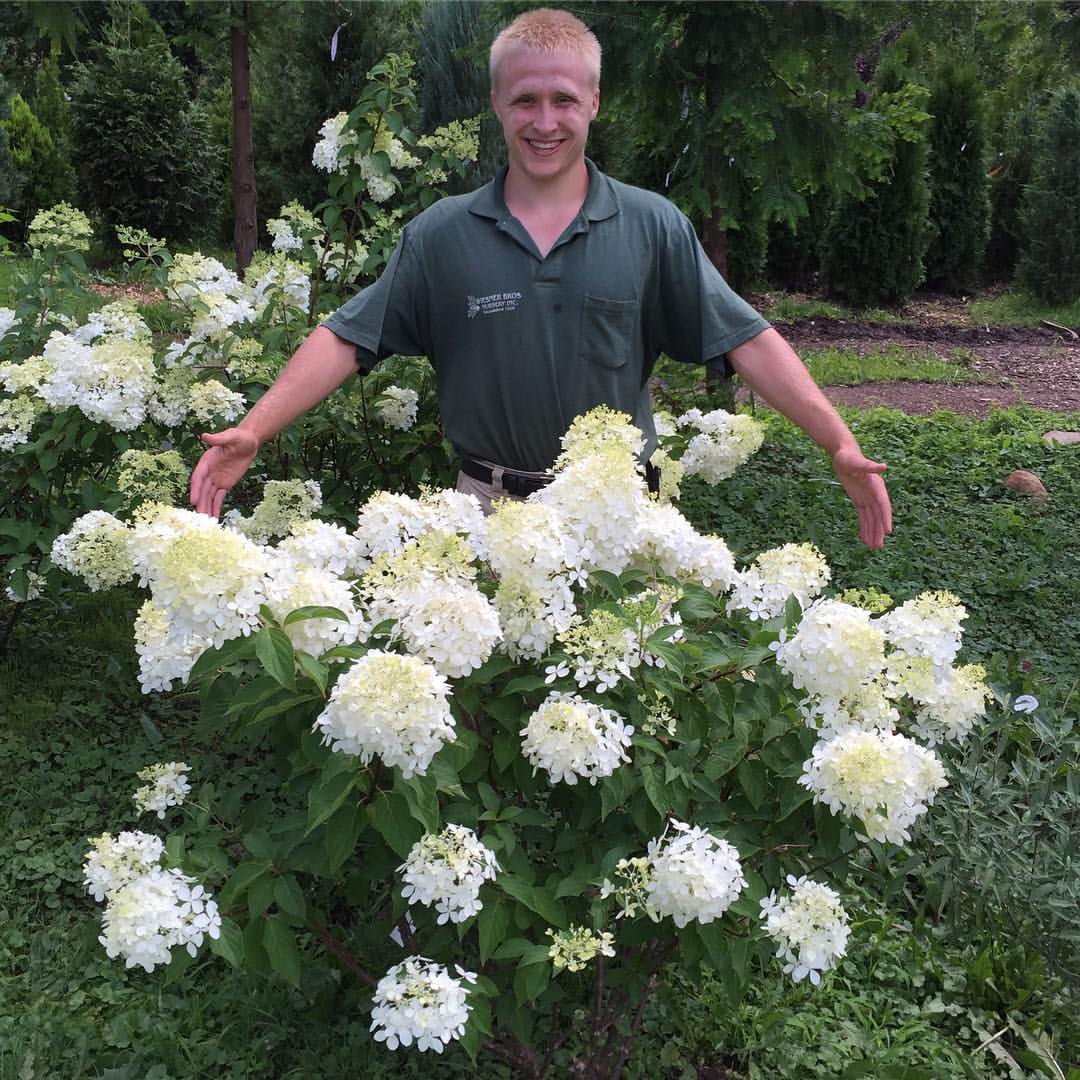Everything You Need to Know About Hydrangeas
Hydrangeas are one of the most beloved and versatile flowering shrubs in gardens across the country. With their large, showy blooms and wide range of colors, hydrangeas can brighten up any landscape, whether you have a sprawling yard or a cozy backyard garden. But to ensure these beauties thrive and reach their full potential, it’s important to understand how to care for them properly. Here’s everything you need to know about hydrangeas, from planting to maintenance, so you can enjoy their stunning blooms season after season.
1. What Are Hydrangeas?
Hydrangeas are deciduous shrubs known for their large, round flower clusters. These flowers come in a variety of colors, including white, pink, blue, purple, and red, and can change depending on soil conditions. Hydrangeas are native to East Asia and the Americas, and they thrive in temperate climates. There are several types of hydrangeas, each with its own unique characteristics and care requirements.
2. Types of Hydrangeas
There are five main species of hydrangeas that are commonly grown in gardens:
-
Bigleaf Hydrangea (Hydrangea macrophylla): Known for their large, colorful blooms, bigleaf hydrangeas are among the most popular varieties. These plants are typically grown for their large, mophead flowers and lacecap varieties. The flower color can change depending on the pH of the soil (more acidic soils tend to produce blue flowers, while alkaline soils produce pink ones).
-
Panicle Hydrangea (Hydrangea paniculata): This type produces cone-shaped flowers and is often more cold-hardy than other varieties. Panicle hydrangeas, such as ‘Limelight’ and ‘Pinky Winky,’ are known for their late-summer blooms and ability to tolerate a range of soil types.
-
Smooth Hydrangea (Hydrangea arborescens): These hydrangeas produce white or pale pink blooms and are often smaller in size. The variety ‘Annabelle’ is a classic example, known for its large, white flower clusters that appear in early summer.
-
Oakleaf Hydrangea (Hydrangea quercifolia): Named for their oak-like leaves, these hydrangeas feature large, panicle-shaped blooms that range from white to pink as they mature. They are also prized for their attractive fall foliage.
-
Climbing Hydrangea (Hydrangea anomala petiolaris): Unlike the other types, climbing hydrangeas are vines that can cling to walls, fences, and other structures. They produce delicate white flowers and thrive in shaded locations.
3. Planting Hydrangeas
To successfully grow hydrangeas, you need to choose the right planting location. Here are some tips to ensure your hydrangeas get off to a strong start:
-
Location: Hydrangeas generally prefer partial shade, although some varieties (such as panicle hydrangeas) can tolerate more sun. Morning sun and afternoon shade are ideal for most hydrangeas. Too much direct sun can cause the leaves to scorch and the blooms to fade prematurely.
-
Soil: Hydrangeas like well-drained, moist, and slightly acidic soil. Before planting, amend the soil with organic matter like compost to improve drainage and moisture retention. If you’re growing a bigleaf hydrangea and want to adjust the flower color, you can modify the soil’s pH by adding aluminum sulfate for bluer flowers or lime for pinker ones.
-
Spacing: Hydrangeas can grow large, so it’s essential to give them enough space to spread. Make sure to space your hydrangeas at least 3 to 4 feet apart, depending on the variety, to allow for proper air circulation.
4. Watering and Maintenance
Hydrangeas are relatively easy to maintain but do require consistent care to thrive.
-
Watering: Hydrangeas prefer consistent moisture, especially during hot summer months. Water your hydrangeas regularly, making sure the soil stays evenly moist but not soggy. Deep watering is better than frequent shallow watering, as it encourages deeper root growth.
-
Fertilizing: Feed your hydrangeas with a balanced, slow-release fertilizer in early spring when new growth begins. This helps promote healthy foliage and robust blooms. Avoid over-fertilizing, as this can lead to excessive leaf growth with fewer flowers.
-
Pruning: Pruning is essential for maintaining the shape and health of your hydrangeas. The timing and method of pruning depend on the variety:
- Bigleaf and Oakleaf Hydrangeas: These bloom on old wood, meaning they produce flowers on last year’s growth. Prune them after they’ve finished blooming, typically in late summer or early fall.
- Panicle and Smooth Hydrangeas: These bloom on new wood, so you can prune them in late winter or early spring before new growth appears. They tolerate more aggressive pruning and can be cut back hard if needed.
-
Mulching: Apply a 2- to 3-inch layer of mulch around the base of your hydrangeas to help retain moisture, suppress weeds, and regulate soil temperature. Be careful not to pile mulch against the stems, as this can lead to rot.
5. Common Issues and Solutions
Hydrangeas are relatively trouble-free, but they can be susceptible to certain pests and diseases:
-
Leaf Spot and Powdery Mildew: These fungal diseases can cause spots on leaves or a white, powdery coating. Ensure good air circulation and remove any infected leaves. Applying fungicide may help, but it’s best to prevent these issues through proper watering and spacing.
-
Pests: Aphids and spider mites are common pests that can affect hydrangeas. Regularly inspect the leaves for signs of pests and use insecticidal soap or a strong stream of water to remove them.
-
Wilting or Yellowing Leaves: If your hydrangeas’ leaves are turning yellow or wilting, it could be a sign of either overwatering or underwatering. Make sure your hydrangeas are planted in well-drained soil and adjust your watering habits accordingly.
6. Winter Care for Hydrangeas
While hydrangeas are hardy in many regions, it’s important to protect them during the winter months in colder climates, like Staten Island.
-
Winterizing: In the winter, protect hydrangeas from freezing temperatures by mulching heavily around their base. For bigleaf hydrangeas, which are less cold-hardy, you may need to wrap them with burlap or use plant covers to shield them from extreme cold.
-
Pruning in Fall: Avoid heavy pruning in the fall for varieties that bloom on old wood, as you may inadvertently remove the buds that will bloom the following spring.
7. Hydrangeas for Every Garden
Hydrangeas are incredibly versatile and can be used in many different ways within your landscape. Whether you’re looking for a shrub to create privacy, a specimen plant to anchor a garden bed, or a decorative addition to a container garden, hydrangeas can do it all. Their stunning blooms also make them a popular choice for cut flower arrangements.
- Containers: Many hydrangea varieties, including smaller species, are perfect for containers. Plant them in large pots with good drainage to add color to your patio or balcony.
- Hedges and Borders: Panicle and smooth hydrangeas are great for creating privacy hedges or borders. Their long-lasting blooms will provide beauty throughout the summer.
- Shade Gardens: Oakleaf and bigleaf hydrangeas thrive in shaded gardens, providing lush foliage and colorful blooms in areas where other plants may struggle.
Conclusion
Hydrangeas are a timeless addition to any garden. With their stunning flowers, ease of care, and ability to adapt to different growing conditions, they offer something for every gardener. Whether you’re planting your first hydrangea or you’re a seasoned expert, knowing how to care for these beautiful shrubs will help you enjoy their vibrant blooms year after year. With a little attention and the right conditions, hydrangeas will flourish, bringing beauty and charm to your landscape. Feel free to contact us about anything hydrangea!






